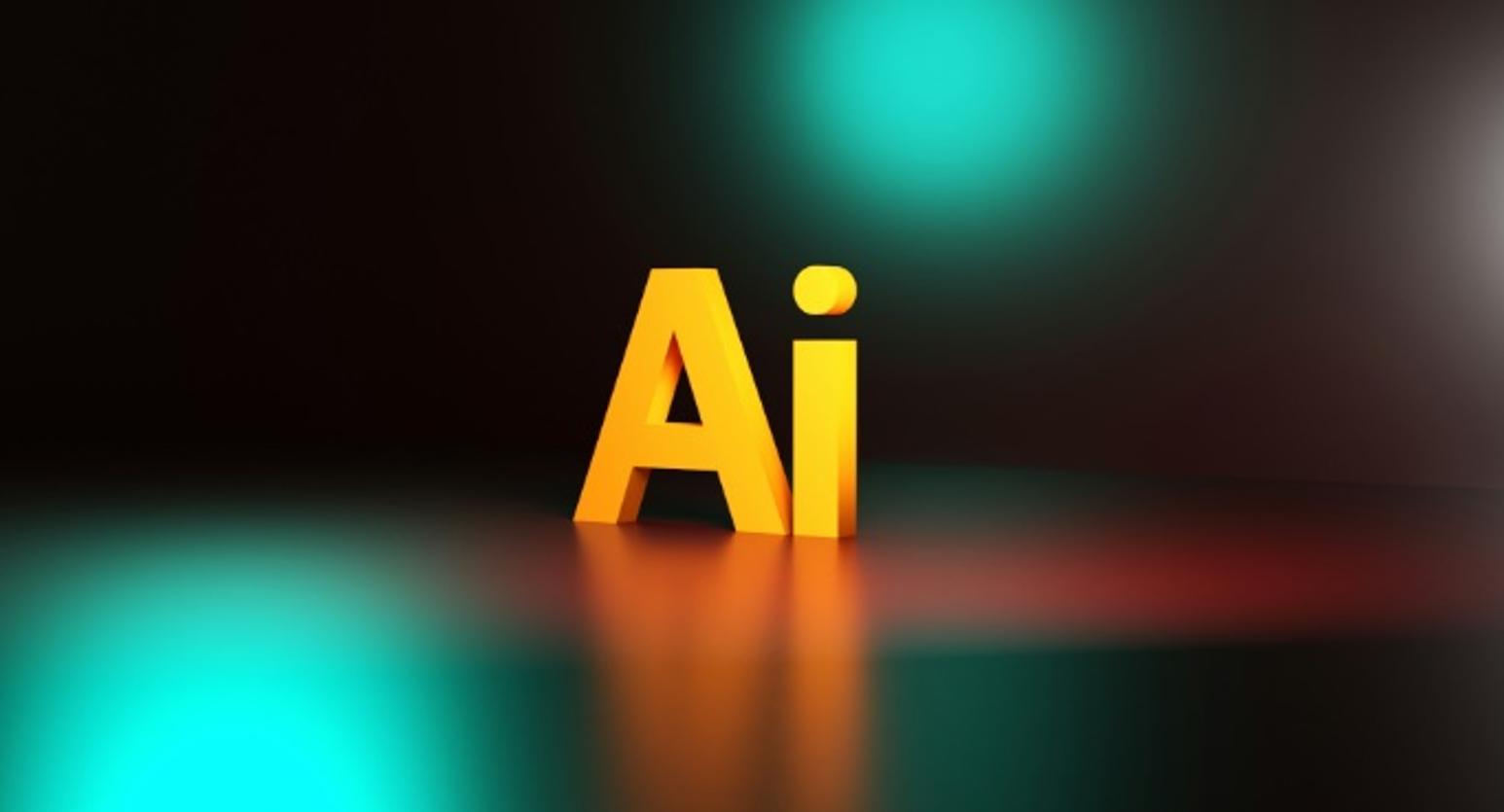The advent of undetectable artificial intelligence (AI) poses a significant challenge, raising concerns about the authenticity and integrity of information and data
The new technology, designed to bypass AI content checkers and humanize its output, represents a formidable evolution in AI capabilities that could reshape how we perceive and trust online information and data.
Undetectable AI, a growing phenomenon in technological advancements, is increasingly permeating various aspects of content and media creation.
Studies found that 63.5% of respondents were unable to correctly identify AI-generated content. ChatGPT-4 was observed to be 16.5% less detectable compared to ChatGPT-3.
As of 2023, a significant majority of AI users, exceeding 85%, have embraced AI primarily for tasks such as content creation and article writing. The surge in AI utilisation underscores its expanding role in reshaping how information is generated and disseminated across platforms.
However, alongside its utility comes a rising concern: the potential for AI-generated content to become indistinguishable from human written material.
A substantial 72.6% of individuals surveyed expressed apprehension about the blurring lines between AI-generated and human-produced content.
The concern reflects broader anxieties regarding the authenticity and integrity of information in an era where technological capabilities continually challenge traditional boundaries.
The Implications Of Undetectable AI
The implications of undetectable AI extends beyond mere content creation; it requires broader societal and ethical considerations.
As AI algorithms become more adept at replicating human thought patterns and linguistic subtleties, there is a growing urgency to establish solid frameworks for verifying and authenticating information.
The transparency and accountability of AI-generated content will be crucial for fostering trust and reliability in digital communication channels.
The Need For Ongoing Dialogue And AI Regulation
The fact that AI can operate undetected highlights why it’s crucial to keep talking about it and establishing new rules and reforms to prevent it from being misused or manipulated.
We need to find a balance between pushing forward with new ideas and making sure we’re thinking about what’s right. As AI keeps changing, we also have to work hard to use it well to make sure it doesn’t cause unexpected problems.
In essence, while undetectable AI offers unprecedented opportunities for efficiency and creativity in content generation, its transformative power necessitates vigilance in addressing concerns about authenticity and ethical implications.
Although undetectable AI brings incredible chances for making content more efficient and creative, its ability to completely change things means we need to be careful about making sure content is genuine
It’s also become super important that we keep talking and making rules about AI as it develops. We need to think about how it might be used in ways that aren’t right and make sure we’re being fair and safe.
Finding the right balance between exploring new ideas and doing what’s right has become crucial and the new rules we make will guide how AI grows, making sure it helps society in good ways and doesn’t cause problems.
Emerging Challenge Of Undetectable AI
This list explores the emerging challenge of undetectable AI, which can mimic human-generated content with unprecedented realism
- Introduction: Imagine a world where computers can generate content so realistic, it’s almost impossible to distinguish from human-created material. That’s the challenge posed by undetectable AI in maintaining content integrity.
- Implications for Trust: When AI can mimic human language and behavior flawlessly, it raises serious concerns about trustworthiness in online interactions and information dissemination.
- Ethical Considerations: The ability of AI to produce undetectable content blurs the lines of authenticity and raises ethical questions about what constitutes genuine human expression.
- Technological Advancements: Recent advancements in AI, particularly in natural language processing and generative models, have accelerated the development of undetectable AI, challenging traditional methods of content verification.
- Impact on Media and Journalism: Journalists and media professionals face the daunting task of distinguishing between authentic and AI-generated content, impacting the credibility of news sources and the reliability of information.
- Legal and Regulatory Challenges: The emergence of undetectable AI necessitates new legal frameworks and regulations to address issues such as intellectual property rights, privacy violations, and the potential misuse of AI-generated content.
- Defense Mechanisms: Researchers and cybersecurity experts are developing innovative tools and techniques to detect and mitigate the spread of AI-generated content, safeguarding the integrity of digital platforms.
- Educational Initiatives: Educating the public about the existence and implications of undetectable AI is crucial in fostering digital literacy and empowering individuals to critically evaluate online content.
- Future Outlook: As AI continues to evolve, the challenge of maintaining content integrity will persist, requiring ongoing collaboration between technology developers, policymakers, and society at large.
How Accurate Are AI Content Checkers?
- Are AI detectors 100% accurate?
AI detectors cannot guarantee 100% accuracy.
AI-generated content has quietly become ubiquitous – from articles and reports to creative writing and beyond. AI detection tools are pretty accurate, though their reliability can vary. For instance, a tool that’s wrong 20% of the time is considered 80% accurate.
AI has also transformed education, benefiting both students and institutions. However, this raises important questions about authenticity and originality. This is where AI checkers step in.
Educators use AI detection software to ensure students haven’t relied too heavily on AI for their assignments. These tools analyze text for patterns and structures that suggest AI involvement. They then generate a probability score indicating the likelihood of AI content.
But these tools aren’t flawless. They tend to perform better with older AI models like GPT-3.5 but struggle more with newer, more human-like models such as GPT-4. This can sometimes result in false positives, where genuinely human-created work is mistakenly flagged as AI-generated.
Teachers remain cautious about relying solely on AI checkers. They understand that these tools, while useful for quickly identifying potential issues, should be supplemented with human judgment for accurate verification.
Frequently Asked Questions (FAQ)
- What is the best AI checker? The best AI checker depends on your specific needs and preferences. However, a reliable option like Undetectable AI is highly recommended for its proven accuracy.
- How do professors check for AI? Professors now use AI detection tools, such as Turnitin if integrated into their school systems, to review student work for potential AI involvement. The tools excel in analysing text patterns to detect AI-generated content.
- Do AI checkers require human verification? AI checkers can accurately flag AI-generated content, but human verification is still necessary for ensuring precision and avoiding false positives.
New Study – AI Text Detection
Recent research published in the International Journal for Educational Integrity reveals a simple yet effective method to humanise AI-generated text manually, making it indistinguishable from human writing. The approach helps evade detection by AI content checkers.
By adopting this technique, you can avoid:
- Potential penalties from Google: Businesses that rely on AI for SEO content creation risk lower search engine rankings due to algorithmic scrutiny.
- Academic repercussions: Students using AI to enhance their paper-writing efficiency risk academic penalties, jeopardizing their educational progress and graduation prospects.
Here’s an example of GLTR – ‘Giant Language (Model) Test Room’ in action, detecting the AI-generated text.

GLTR, known as the ‘Giant Language (Model) Test Room,’ is an early-stage AI detection tool designed primarily for older versions of ChatGPT (2018 – 2020). It caters specifically to researchers, offering a deeper look into how AI-generated text operates behind the scenes.
Using GLTR, you can quickly identify which words in a text are likely AI-generated and which ones aren’t. Here’s a brief breakdown:
- Green word: Likely generated by AI
- Yellow word: Probably generated by AI
- Red word: Likely not generated by AI
- Purple word: Definitely not generated by AI
When applied to Undetectable AI, GLTR identifies the text as predominantly AI-generated, highlighting over 80% of the words in green.
The tool achieves this by analyzing the contextual relationships between words. It examines how words are sequenced together rather than their semantic meaning.
In a notable AI study that references this concept, large language models (LLMs) like ChatGPT or Bard are metaphorically termed ‘stochastic parrots.’
According to the authors, LLMs assemble sequences of linguistic forms based on probabilistic patterns learned from extensive training data, without comprehending the meaning behind the text they produce – akin to how a parrot mimics speech without understanding it.
Distingishing AI Content From Human Written Content (With The Human Eye)
As a journalist who’s been in the field for over a decade, there’s a certain intuition that develops over time—a sixth sense, if you will—that helps us distinguish between AI-written content and pieces crafted by human hands.
It’s not just about the words on the page; it’s about the subtle nuances, the cadence of language, and the depth of insight that only human experience can bring.
When I read an article penned by a fellow human, there’s an authenticity that shines through—a unique perspective, a voice that resonates with emotion and intellect.
There are unexpected turns of phrase, moments of brilliance, and occasionally, even the imperfections that remind you that this is the work of a thinking, feeling individual.
In contrast, AI-generated content often lacks that human touch. It can be polished and technically proficient, but there’s a certain sterility, a mechanical quality that gives it away.
The sentences may be flawless in structure, the facts meticulously researched, but there’s a flatness to the narrative—a lack of soul, if you will—that sets it apart.
Tools and algorithms can analyze patterns and statistics, flag potential AI content, but they can’t replicate the gut feeling, the instinct honed over years of reading and writing.
It’s just like tasting a dish and knowing it was prepared by a seasoned chef versus a culinary algorithm—the flavors might be there, but the depth and artistry are missing.
As journalists, writers, and school teachers our craft is rooted in our ability to connect with our audience on a human level—to provoke thought, evoke emotion, and inspire action.
We bring our own experiences, biases, and insights to the table, shaping stories that reflect our unique perspective on the world. It’s this richness of perspective that AI, for all its computational prowess, struggles to emulate.
Which AI detector is the most accurate?
From my own personal tests, GPTZero proved most accurate in identifying AI content, correctly attributing the origin of all eight articles created by humans and all four articles generated by AI
Undetectable AI Summary
Undetectable AI-generated content presents a formidable challenge. The lines between what’s real and what’s artificially generated blur as algorithms mimic human writing styles with increasing sophistication.
The content may be coherent, factually accurate, and even persuasive, yet it often lacks the spontaneity, creativity, and genuine empathy that define human expression.
Tools and algorithms can help flag potential AI content, analysing patterns and statistical anomalies, but they can’t replicate the deep-seated intuition developed through years of immersion in the written word.
In confronting the rise of undetectable AI, we reaffirm the importance of human creativity, empathy, and critical thinking in crafting narratives that resonate and endure.
The statistics underscore this concern: 72.6% of people express apprehension about AI content becoming indistinguishable from human-written content.
It reflects a growing unease among readers and consumers who value the human touch in storytelling, journalism, essay writing and the education sector.







